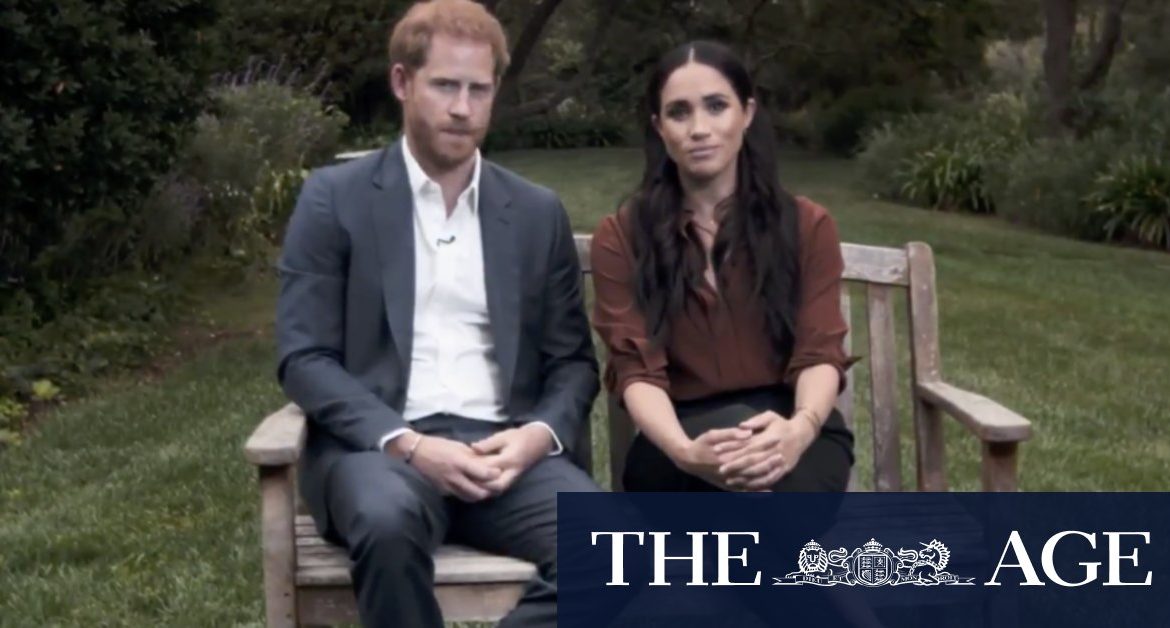The bracelet was modelled on a medieval chastity belt, and requires a supplied screwdriver to unlock it. Earlier versions had a mechanism that made it almost impossible for people to remove them without help, while contemporary styles have one screw that makes a solo release possible – with a little dexterity. It is also said, though the brand was unable to confirm, that many hospitals around the world carry the screwdrivers should a bangle need removing in a medical emergency.
Kylie Jenner has helped Cartier maintain the Love bracelet’s popularity.Credit:Getty
When they were first released, the bracelets cost $US250 and were only sold in pairs, according to newspaper advertisements from the time. Today, an entry-level bangle costs $6350, although there are more affordably-priced pieces in the collection such as rings and finer bracelets. The most expensive bracelet in the collection is encrusted with diamonds and costs $88,500, according to Cartier’s Australian website.
Cartier’s managing director for Oceania, Alban du Mesnil, says the “instantly recognisable” bracelet is the brand’s best-selling item in the region and the world. “When you look at the design, it’s both very simple and also conveys a lot of power, on top of love,” he says, adding that its appeal lies in being able to be worn every day.
But according to Google, it is no longer the world’s most-searched-for jewellery item, a claim made in 2016 in a report by online jeweller Karus Chains. Instead, that honour now goes to Danish company Pandora, specifically for the term “Pandora bracelet”, according to data compiled by Google exclusively for The Age and the Sydney Morning Herald. (“Cartier bracelet” took the number-two spot on the list, followed by “Pandora ring” and “Cartier ring”.)

Cartier’s Love bracelet comes with a screwdriver to undo the clasp.Credit:Cartier
Despite its renown, Cartier doesn’t even crack the top five in Australia for market share, according to industry analysts IBISWorld. The only international company on its list is Tiffany & Co, which may be explained by its higher number of stores, as well as a greater number of entry-level items under $500.
Cartier’s Du Mesnil says one answer to improving awareness of the brand – and reducing the “intimidation factor” associated with luxury shopping in general – is through an “ephemeral boutique” that opened in early December at Westfield Sydney. While the temporary boutique sells many of Cartier’s high-end collections, it also carries more accessibly priced objects including games, travel accessories and writing accessories.
Placement of the 40-square-metre store – in the middle of a shopping centre – is also key, the idea being for customers to “touch the products”, says Du Mesnil. “[We] want it to be less intimidating than in the boutiques.”
It’s similar to the approach taken by Tiffany’s chief executive, Alessandro Bogliolo, who since joining the company from Sephora has been trying to make shopping for jewellery a more approachable experience. In the Sydney flagship, which opened in 2019, many of the glass cases have been removed, encouraging customers to get up close to the merchandise (within reason, of course).
Loading
Glass cases or not, it will likely take some time for the jewellery industry to recover post-pandemic. According to IBISWorld, revenues are expected to remain in actual decline for some time.
Still, some Australian brands are already reporting a post-COVID recovery, led by purchases that were put on hold during the pandemic.
Angus Logan, managing director of Jan Logan jewellery, says there has been a surge in “retrospective purchasing for birthdays, anniversaries and events”, a trend he thinks will continue into 2021.
Logan says that as a brand that manufactures locally, Jan Logan, launched in 1989 by the now 80-year-old matriarch of the same name, has seen interest grow among clients who are prioritising supporting Australian brands.
“Whilst there is a mood of optimism, the situation can change quickly [when clusters arise], so unpredictability is the new normal,” he says.
Get a little more outta life
Start your week with practical tips and expert advice to help you make the most of your personal health, relationships, fitness and nutrition. Sign up to our Live Well newsletter sent every Monday.
Melissa Singer is National Fashion Editor of The Sydney Morning Herald and The Age.
Most Viewed in Lifestyle
Loading







